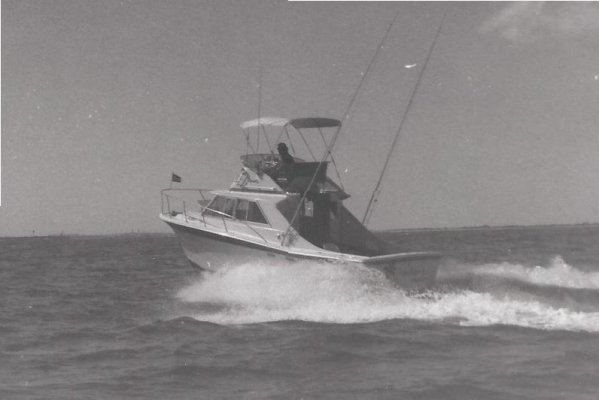FF - you're missing the point - absolute fuel flow is just that - absolute. If in fact the twins burn the same fuel delivering the same HP as the single, then, assuming the boat is properly propped, it will get the same MPG. The fuel flow/HP curve already takes into account the work the motor needs to create the HP. It does, as you point out, take into account the additional drag after the motor - 2x the bearings plus some additional drag of the additional propeller and rudder. Yes, there is additional energy required after the rear-end of the diesel, but those losses are most likely negligible in a year's worth of cruising.
If, however, the twins need to run well off their optimum speed (where gms/kw are minimum), the twins may use more fuel. Likewise, the larger single engine, may also need to run off its optimum speed, and end up less efficient.
This is actually a good exercise that very few undertake to see if really there is an additional fuel cost in twins vs. singles. There is a lot of prejudice in this area - and I am not trying to convince true believers (whether their religion is single or twin or gas or diesel or wood-burning steam), but instead using published fuel flow figures to make the comparison in order to make an informed decision.
If the fuel cost turns out to be similar, then one can make the twin/single decision based on other criteria - engine room space - redundancy - maneuverability - maintenance - etc.






